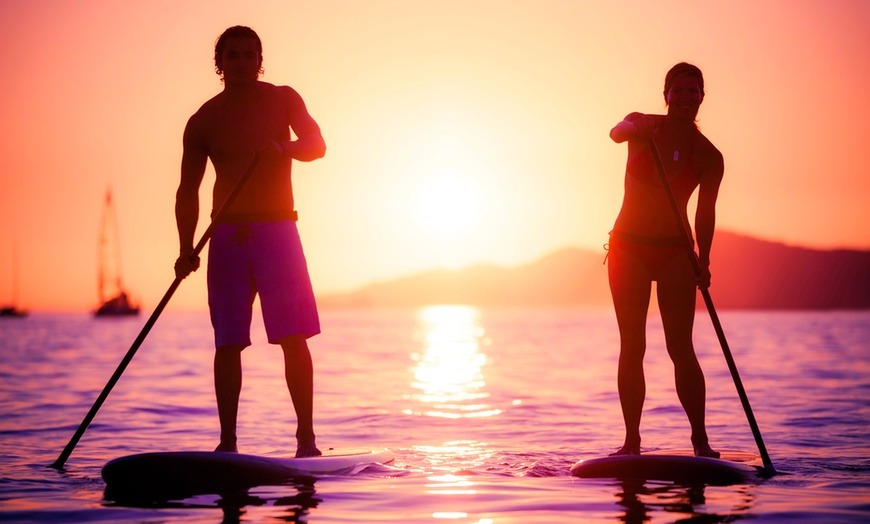When selecting a paddle board, one of the most critical factors to consider is the beach conditions where you plan to use it. The environment can significantly impact your overall experience and performance on the water. Whether you’re an advanced surfer or a recreational paddler, understanding how different conditions affect your choice of board is essential.
Understanding Beach Conditions
Beach conditions can vary widely, from calm and flat waters to choppy waves and strong currents. Each of these conditions requires different features in a paddle board to ensure optimal performance and safety. Here’s a breakdown of how different beach conditions influence your choice of paddle board:
Calm and Flat Waters
For calm and flat water conditions, such as those often found in lakes or sheltered bays, you’ll want a board that provides stability and ease of paddling. A wider board with a flat bottom will offer more stability, making it easier to balance and navigate. This is particularly important if you’re using the board for leisurely paddling, yoga, or fishing. A board with a thicker profile can also add extra buoyancy, which can be beneficial in these conditions.
Choppy Waters
When paddling in choppy waters or light to moderate sea swells, you need a board that can handle more dynamic conditions. Boards designed for these conditions often feature a pointed nose, which helps cut through the water more efficiently and reduces drag. Additionally, a slightly narrower board can improve maneuverability, allowing you to navigate through waves more effectively. Look for boards with reinforced construction to withstand the impact of waves and provide better control.
Waves and Surf Conditions
For those who enjoy surfing or paddling in waves, a board specifically designed for surf conditions is ideal. These boards typically have a more streamlined shape, with a narrower nose and tail, which helps in catching and riding waves. The board’s rocker, or the curve along its length, is also crucial for managing wave conditions. A board with a more pronounced rocker will help you navigate through waves and avoid getting stuck.
Strong Currents and Tides
In areas with strong currents or significant tidal changes, stability and tracking become more critical. Paddle boards designed for these conditions often have a more pronounced keel or fin setup to improve tracking and prevent the board from being swept off course. A board with a larger surface area and a more durable construction will also help you maintain stability and control in challenging water conditions.
Wind Conditions
Wind can significantly impact your paddling experience, especially on open water. In windy conditions, you may want a board that offers more stability and is less prone to being affected by gusts. Boards with a broader surface area can help counteract the wind’s effects, providing a steadier ride. Additionally, a board with a more robust build and fin configuration can help maintain your course despite strong winds.
Key Features to Consider
Stability and Balance
The stability of a paddle board is influenced by its width, thickness, and overall shape. A wider board provides greater stability, which is crucial for beginners or those paddling in unstable conditions. However, for more advanced users, a board with a narrower profile might be preferred for better performance in waves and faster speeds.
Durability and Construction
The construction material and design of the paddle board also play a significant role in its suitability for various beach conditions. Boards made from high-quality materials, such as fiberglass or carbon fiber, tend to be more durable and resistant to damage from rough conditions. Reinforced edges and a robust core can provide additional strength and longevity.
Maneuverability
The ability to maneuver effectively is essential, especially in choppy or wave-prone areas. A board with a more agile design, such as a narrower shape or a tail with a slight curve, can enhance your ability to navigate through complex conditions and make sharp turns.
Conclusion
Choosing the right paddle board involves understanding how beach conditions will affect your performance and comfort on the water. From calm and flat waters to choppy waves and strong currents, each condition requires specific features in a paddle board to ensure an enjoyable and safe experience. By considering the conditions you’ll be facing and selecting a board that aligns with those needs, you can enhance your paddling adventures and make the most of your time on the water.
Remember, while exploring paddle boards for sale, focusing on the conditions you’ll encounter can help you find the best paddle boards for your specific needs and ensure a more satisfying paddling experience.

